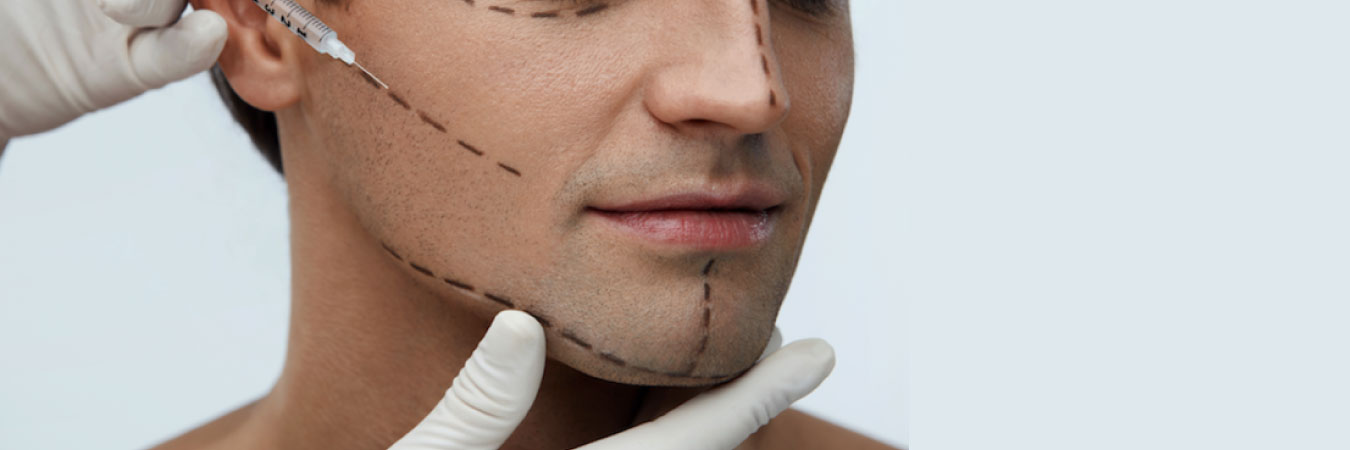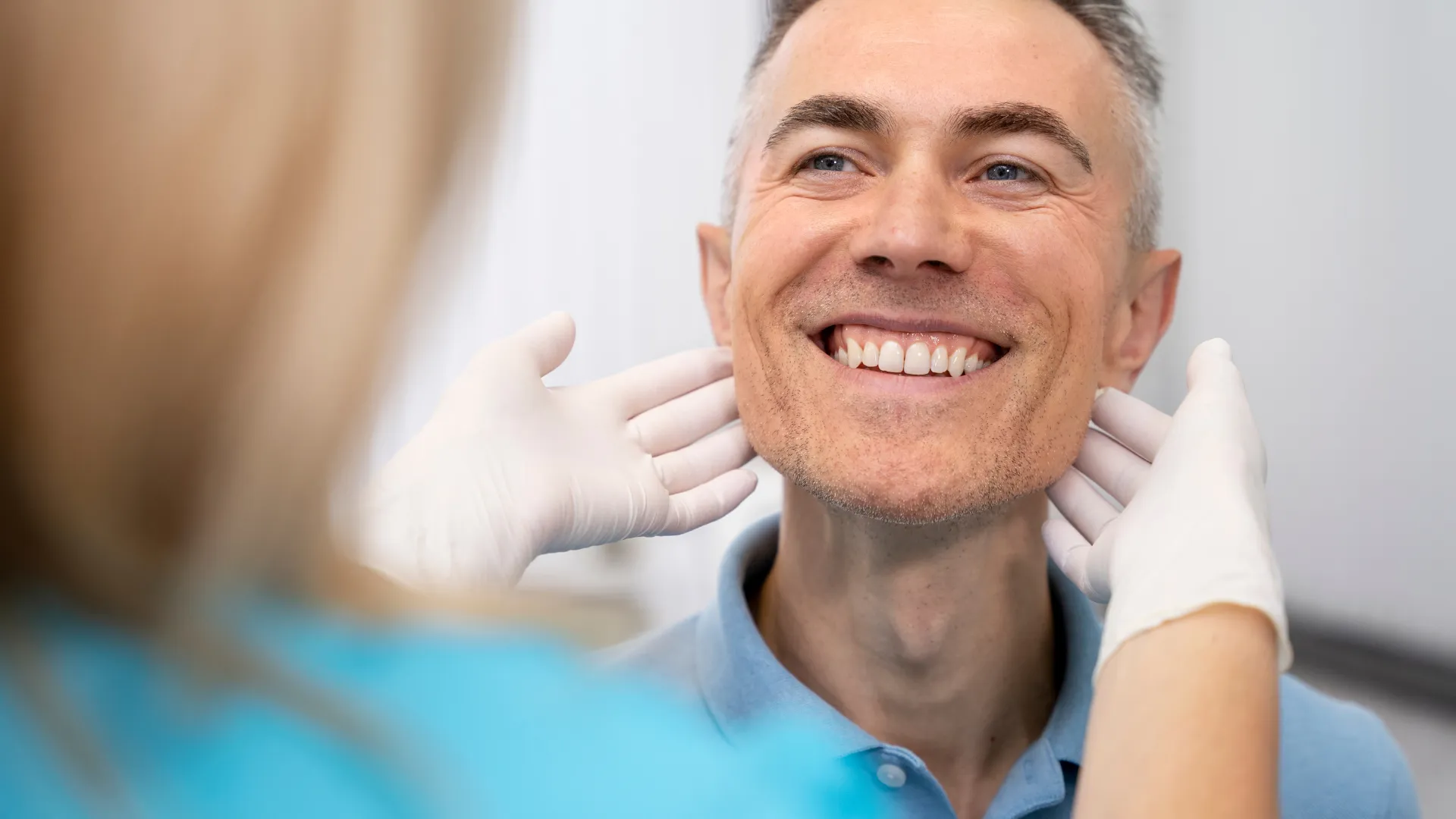Jaw Surgery is one of many corrective/cosmetic procedures that people opt for when they need to reshape their jaws. Prior to Jaw surgery recovery, the jawbones are slightly cut to match the new alignment needed for the jaw structure. All things considered, we can say that it is a difficult surgical procedure.
After the surgery, some mild pain occurring is normal. This pain gradually subsides within a few days. Moreover, potent painkillers are prescribed to patients after jaw surgery. It is natural to have a temporary loss of sensation in the operated area. Jaw surgeries are performed under general anesthesia.
Since the procedure is sensitive, the operations are usually performed in a full-fledged hospital setting. Pain is minimized with painkillers and muscle relaxants given during the recovery period after surgery. The age limit for surgery can be set at 18 for males and 17 for females.
But in unfortunate emergency cases, such as an accident, interventive surgery can be performed regardless of the age limit. Smooth and complete jaw reformation is the guaranteed common factor in all jaw surgery recovery cases.
Can jaw surgery correct my condition?
Certainly. This is the main purpose of jaw surgery anyway. The jaw area has very important functions such as nutrition, speech, and breathing. There are a large number of diseases and syndromes that lead to deformity of the jaw. Jaw disorders are always evaluated together with the upper and lower jaw, face, and head.
Developmental retardation or excessive development that occurs in any part of the jaw causes functional deformity of the jaw and face. Maxillofacial surgery is an operation to correct congenital and subsequent disorders of the upper and lower jaw, their adaptation to each other and the entire face, functional disorders, and deformities.
According to the need, it is made to take the chin forward or backward. If there is an asymmetry or curvature, this is also tried to be corrected. Lower jaw surgery is performed with a 3-4 cm incision made on the lower jaw bone in the mouth, behind the teeth on both sides. The bite plate prepared for the Dec jaw is placed between the teeth.
The ideal location of the lower jaw and bite is determined. Then, in order to ensure the integrity of the bone, the two bone leaves separated from each other are fixed to each other again with screws in the new position. Screws are inserted through very small holes of 3-4 mm, which are drilled on both sides of the neck. In these places, the traces become indistinct and invisible after a while.
Taking Care of Your Jaws Post-Operation
There will be swelling and pain after surgery. These pains are alleviated by the medications given by your doctor. During the jaw surgery recovery, liquid foods should be consumed. Only lower jaw surgeries have a healing process of 3-4 days.
In other orthognathic operations, the healing period is on average between 2 and 3 weeks, depending on the operation performed. Full recovery takes longer. As a result of the tissue-preserving surgical technique, there is usually no discoloration (hematoma) and minor painful symptoms after surgery.
But swelling of the face is expected, similar to removing a wisdom tooth. However, with optimal postoperative care in combination with special physiotherapy, the rapid disappearance of traces of the operation is ensured.
The duration of the hospital stay is no more than five to six days. After about six weeks, the jaw heals stably. Until then, you should only eat soft foods. After hospitalization, you should take time for recovery for 10-14 days.

Can jaw surgery correct my jaw misalignment?
Absolutely yes. This is the main purpose of jaw surgery anyway. The jaw is responsible for very important functions such as food digestion, speaking, and breathing. Unfortunately, there are large numbers of diseases and syndromes that lead to jaw deformities.
Jaw disorders are always evaluated with the upper and lower jaw, face, and head. Developmental retardation or excessive development that occurs in any part of the jaw causes functional and aesthetical deformity of the jaw and face.
Maxillofacial surgery is an operation to correct congenital and subsequent disorders of the upper and lower jaws; the procedure helps increase their symmetry and alignment to the entire face, restore their functionality, and eliminate disorders and deformities. Whenever needed, the procedure is made to lift the chin forward or backward.
If there is asymmetry or curvature, corrections can be applied as well. Lower jaw surgery is performed with 3-4 cm incisions made on the lower jaw bone in the mouth, behind the teeth on both sides. The bite plate prepared for the jaw is placed between the teeth. The ideal relocation of the lower jaw is determined using the bite plate.
Then, in order to ensure the integrity of the bone, the two bones separated from each other are fixed to each other again with screws in the new position. Screws are inserted through very small holes of 3-4 mm, which are drilled on both sides of the neck. In these dentures, the traces of the surgery become indistinct and invisible after a while.
Is jaw surgery recovery painful?
You will not feel any pain during jaw surgery recovery or the operation itself because it will be performed under anesthesia. There may be some pain after surgery, and this is very normal. Painkillers prescribed after the surgery reduce the pain to a minimum. As a rule, a one-day rest period is given, and the patient can be discharged a day after the operation.
During the first days after the operation, mild pains may occur during jaw surgery recovery, but this condition also gradually disappears. Within the first week after the operation, bone fusion happens with the help of special devices. A smooth jaw surgery recovery is set in motion.
The client will need to be fed with liquids for a short time, and then this restriction is uplifted after a few days. You are allowed to resume your normal life in a healthier way after the completion of some jaw exercises recommended by a specialist doctor after the first check-up.
Your Jaw Surgery Recovery Phase Explained.
There will be mild swelling and pain after surgery. These pains are alleviated by the medications prescribed by your doctor. During the process of jaw surgery recovery, liquid foods should be consumed. Only lower jaw surgeries have a healing process of 3-4 days, however, other orthognathic operations have a healing period on average between 2 and 3 weeks, depending on the operation performed.
As a result of the tissue-preserving surgical technique, there is usually no discoloration (hematoma) and only minor painful symptoms after surgery. Sometimes the swelling of the face is expected, similar to removing a wisdom tooth.
However, with optimal postoperative care along with special physiotherapy, the rapid disappearance of postoperative traces is ensured. The duration of the hospital stay is no more than five to six days. After about six weeks, the jaw heals completely. Until then, you should only eat soft foods. After hospitalization, you should take time off for recovery for approximately 10-14 days.
Get Your Jaw Surgery in Turkey.
Turkey boasts one of the best medical environments for aesthetic and reconstructive surgeries in the world. not to mention the affordable rates and exclusive complimentary services offered. We also offer exclusive healthcare checkups during your Jaw Surgery Recovery.
Contact our specialists to get an idea of your procedure, tips to be followed, postoperative advice, and much more. Our customer service teams are ready to answer all of your questions whenever you ask them.
Contact us now to get professional counseling from Dr. Burak Sercan regarding your next tissue repair procedure.











